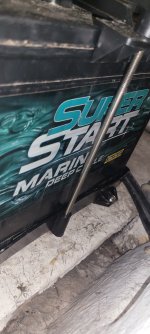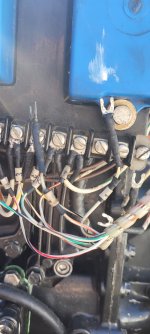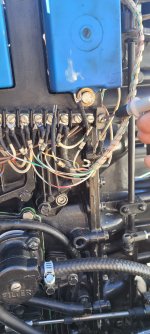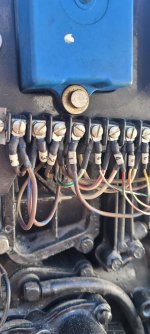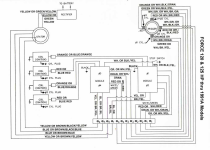Yes as The Force power and racerone says, what kind of batteries do you have and what are the conditions of them.
Generally the stator start to charge at about 1100-1200 rpm and the voltage you see at the gauges depends on how much the batteries are charged.
If they are a bit discharged the voltage will be lower and the stator is able to put out 9-12 Amperes at WOT and when the regulator regulate the voltage to about 15-16V.
The batteries are acting like a big accumulator in the system and will push the voltage down especially if they are not fully charged.
Generally the stator start to charge at about 1100-1200 rpm and the voltage you see at the gauges depends on how much the batteries are charged.
If they are a bit discharged the voltage will be lower and the stator is able to put out 9-12 Amperes at WOT and when the regulator regulate the voltage to about 15-16V.
The batteries are acting like a big accumulator in the system and will push the voltage down especially if they are not fully charged.




















